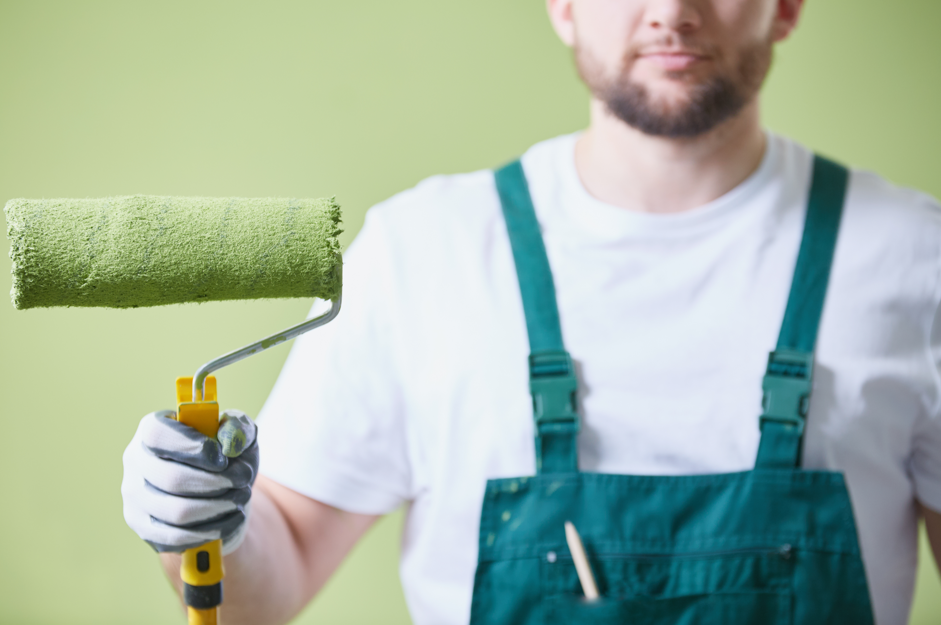
How to avoid material waste in construction painting
Construction painting plays a pivotal role in enhancing the aesthetic appeal and durability of structures. However, the process generates a significant amount of waste, including leftover paint, brushes, and containers.
Minimizing waste in construction painting is not only environmentally responsible but also economically beneficial. In this context, we will explore five effective tips to help reduce waste in construction painting, promoting sustainability and cost efficiency.
Tip #1: Accurate estimation of paint quantities
One of the primary contributors to waste in construction painting is an inaccurate estimation of paint quantities. Accurate estimation of paint quantities is fundamental to waste reduction.
Utilizing advanced tools, such as paint calculators or specialized software, can assist in precisely determining the amount of paint required for a given project. Factor in the surface area, type of surface, and the number of coats needed.
Consulting with experienced professionals or relying on historical data from similar projects can contribute to more informed environmental impact and financial strain.
Tip #2: Optimal paint storage and Handling
Proper storage and handling practices are essential to preserving the quality and longevity of paint. Ensure that paint is stored in a cool dry environment away from direct sunlight to prevent premature drying or alteration of color.
Seal paint containers tightly when not in use to prevent evaporation and contamination. Implementing a system for organized storage, with clear labeling of paint types and expiration dates, can enhance efficiency.
Regularly clean brushes and tools immediately after use, extending their lifespan and reducing the need for frequent replacements. A meticulous approach to paint storage and handling not only reduces waste but also ensures the availability of quality materials throughout a project.
Tip #3: Implementing Spray Technology
Embracing advanced spray technology can revolutionize the painting process, offering precise application and minimizing waste.
Unlike traditional brush or roller methods, spray technology allows for even coverage with minimal overspray. Investing in high-quality spray equipment, such as airless paint sprayers, can lead to more controlled and efficient applications. Training personnel in the proper use of spray technology ensures optimal results, reducing wastage.
By adopting these modern techniques, construction projects can achieve superior finishes while maximizing the value of each drop of paint.
Tip #4: Proper disposal of hazardous materials
Construction painting often involves the use of hazardous materials, such as solvent-based paints. It is imperative to prioritize proper disposal practices to safeguard both the environment and human health. Establish a comprehensive waste management plan that adheres to local regulations for handling and disposing of hazardous materials.
Consider collaborating with specialized disposal services to ensure compliance with environmental standards. In addition, explore alternative, eco-friendly paint options that eliminate or minimize the use of harmful substances, reducing the need for complex disposal processes altogether.
A commitment to responsible disposal practices is crucial for sustainable construction painting.
Tip #5: Reuse and repurpose leftover paint
Leftover paint from completed projects represents a valuable resource that, if managed thoughtfully, can contribute to waste reduction. Implement a systematic approach to categorizing and storing unused paint based on color, type, and quantity.
Maintain a record of leftover paint to facilitate easy retrieval for future touch-up work or similar projects. Consider establishing a paint back within the organization to encourage the reuse of surplus paint.
Additionally, explore opportunities to donate excess paint to community projects, schools, or non-profit organizations. By extending the life cycle of the leftover paint, builders not only minimize waste but also foster community engagement and support sustainable initiatives.
In conclusion, the integration of these detailed strategies – accurate estimation, optimal storage and handling, advanced spray technology, responsible disposal, and the reuse of leftover paint – can collectively contribute to a more sustainable and efficient construction painting process.
By delving into the nuances of each tip, builders and contractors can gain a comprehensive understanding of how to minimize waste, promote environmental responsibility, and enhance the overall success of construction painting projects.
Embracing these practices reflects a commitment to both ecological consciousness and economic prudence within the construction industry.
Also read: 5 effective ways to simplify complicated construction project management tasks







